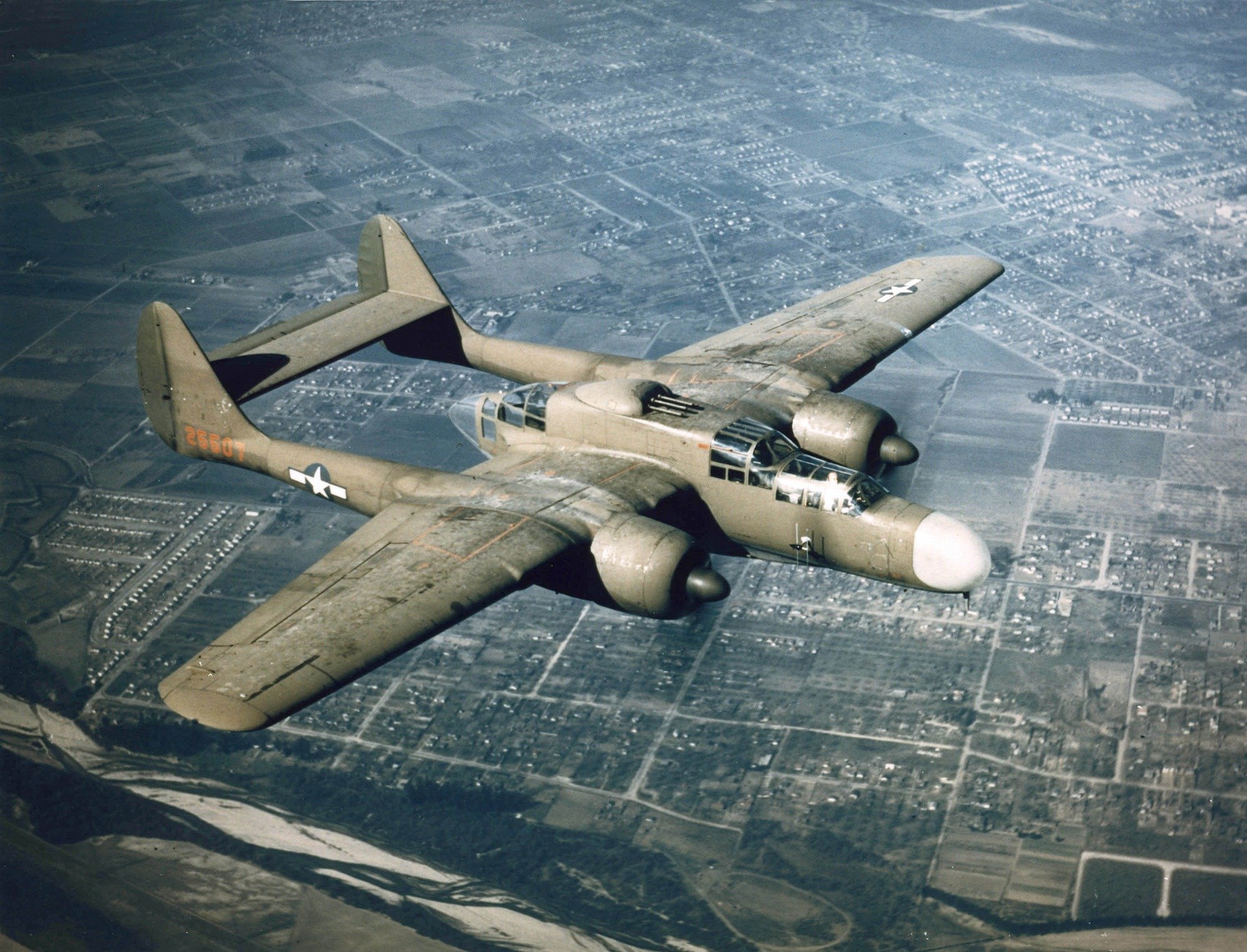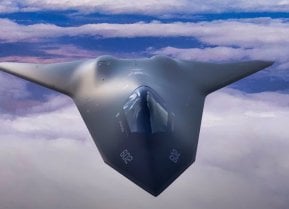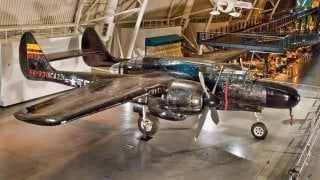The P-61 Black Widow – Could This Be the Best Fighter Plane of World War II?
As the U.S. military’s first operational warplane designed as a night fighter, the Northrop P-61 Black Widow is recognized as one of the best fighters of the Second World War. Only a small number of these twin-engine, all-metal airframes were produced, however, the Black Widow platform still played a critical role in the Pacific Theatre, European Theatre, Mediterranean Theatre and China Burma India Theatre.
P-61 Black Widow – Could This Be the Best Fighter of World War II? - As the U.S. military’s first operational warplane designed as a night fighter, the Northrop P-61 Black Widow is recognized as one of the best fighters of the Second World War. Only a small number of these twin-engine, all-metal airframes were produced, however, the Black Widow platform still played a critical role in the Pacific Theatre, European Theatre, Mediterranean Theatre and China Burma India Theatre.
The origin story of the P-61 Black Widow
Prior to the outbreak of WWII, U.S. military officials were eyeing Britain’s research in radio detection and ranging. Specifically, U.S. Air Officer Lieutenant General Delos C. Emmons was briefed on the UK’s new Airborne Intercept radar that could be installed on airframes.
This news, combined with Germany’s frequent Luftwaffe bombings over targeting London at night, led Britain to require a specialized aircraft capable of patrolling the capital city at night. American aviation expert Jack Northrop was tasked with designing this new platform.
Specs & Capabilities
Initially, Northrop proposed a prototype featuring a long fuselage gondola positioned between two Pratt & Whitney R-2800-10 Double Wasp engines. The fighter prototype was massive when first conceptualized, measuring at more than 45 feet long with a wing-span of 66 feet and a projected weight of 22,600 pounds.
Ultimately, Northrop had to alter his design plans to fulfill the military’s specifications and needs. From 1944 onwards, the Black Widows were painted jet black instead of the traditional U.S. army regulation olive drab/neutral gray paint scheme in order to evade enemy ground-based searchlights at night. In terms of radar, the Black Widow was equipped with the SCR-720, which had a range of nearly 5 miles in Airborne Intercept mode.
The subsequent P-61C model was developed to meet the Army’s requirement for additional speed, greater ranger and faster climb. As detailed by Air and Space, “Engineers added: exhaust-driven turbosuperchargers instead of the mechanical units fitted to the A- and B-models; hardware in the wings to attach four pylons for mounting fuel tanks or bombs; air brakes mounted in the wings; and propellers with thick-chord blades. The improvements came too late for C-model Black Widows to see combat. Northrop stopped building the P-61 after the war ended.”
Operational History
While the P-61 Black Widow had a short service life, the platform became widely recognizable following the war. Particularly, the P-61 named Lady in the Dark became one of the most photographed Black Widows in the Pacific Theatre. Piloted by Captain Lee Kendall, Lady in the Dark is credited with scoring the final two aerial “kills” of the Second World War.

Despite the Black Widow’s perceived success countering German fighters in the war, the platform was soon outmatched by newer platforms entering service towards the end of the conflict. By 1945, the USAAF established a program to replace the P-61 with a night jet interceptor.
Today, only four P-61 Black Widows remain in-tact, three in the U.S. and one featured in the Beijing Air and Space Museum in China.
About the Author: Maya Carlin
Maya Carlin, National Security Writer with The National Interest, is an analyst with the Center for Security Policy and a former Anna Sobol Levy Fellow at IDC Herzliya in Israel. She has by-lines in many publications, including The National Interest, Jerusalem Post, and Times of Israel. You can follow her on Twitter: @MayaCarlin.


